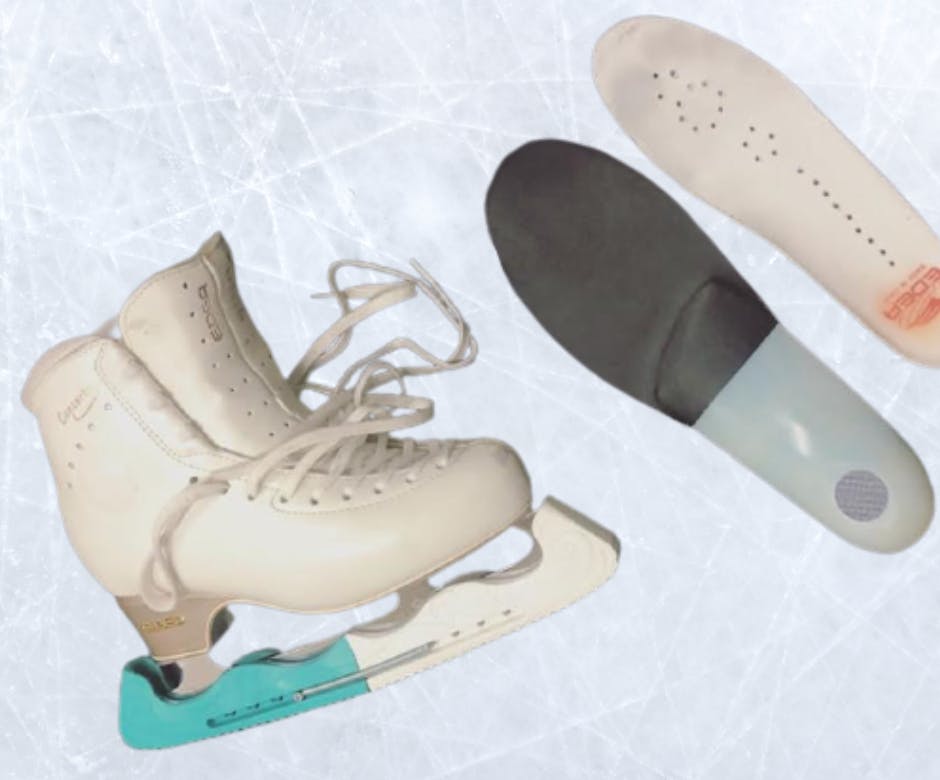How Orthotics can make you skate better

Skate orthotics will assist the control of your foot and ankle into a neutral position. This will allow forces from your legs to travel into your foot and through your skate in the most efficient way.
Why custom orthoses and how do they work?
Custom orthotics are made specifically for YOUR foot and YOUR biomechanics. Not only this but they are fitted perfectly to your boot to allow for optimal performance.
Without an orthotic, your foot may roll inwards -this is more common than you may realise! Orthotics will help you to properly align your feet, and reduce pressures on areas that are not supposed to weight-bear. This will prevent your foot from collapsing, allowing you to push off with more power, and improving your technique as you will have better ground contact with the ice, thus providing you with better control. Not only this but by filling the dead space your foot will not be slipping around as much, decreasing your likeliness to blister.
Orthotics may also reduce fatigue when skating by assisting in the stabilisation of your legs. When your legs are in a neutral position, they will not have to work as hard, therefore will not fatigue as quickly. This may also decrease the risk of injury.
The specifics
Push-Off Phase:
Studies suggest that in order to achieve maximum power and efficiency, the blade of the skate must be at a 45 degree angle in relation to the ice.
When in the early stages of propulsion, a skater is in single limb support (on one leg) during which the foot is abducted and the hip is externally rotated. This means the skate and the skater are moving in opposite directions while simultaneously balancing on the narrow blade of the skate. The center of gravity at this time is more medial compared to the weight-bearing limb, causing the foot to pronate excessively, resulting in the skater spending too much time on the medial edge of that skate. This excessive pronation means the angle of the skate to the ground will be less than 45 degrees, thus limiting both push power and control. On the other hand, if the foot is excessively supinated, the angle will be greater than 45 degrees and also limit push power and control, as well as a reduction of ankle stability.
Glide Phase:
In this phase, a skater will glide on either both edges or just the medial (inside) edge of the skate. If the foot pronated in excess, the intrinsic muscles of the foot will become strained and overused as they are working too hard to try to support and balance the foot. This overuse of the muscles can lead to an unnecessary increase in energy expenditure resulting in muscle fatigue and soreness. Often people can misinterpret this as the skate being ill fitting or too tight.
In order to correct this excess pronation, a custom-made orthotic device can be fitted into the skate, preventing the foot from collapsing inwards, therefore bringing the skate closer to the optimal 45degrees angle with the ice. This allows for normal function during these phases.
What do I do next?
If you are experiencing any pain when skating or have difficulty with control, power or speed OR if you find that you have any blisters, corns and callus from wearing your skates, book in with us for a biomechanical assessment. Don't forget to bring your skates!!